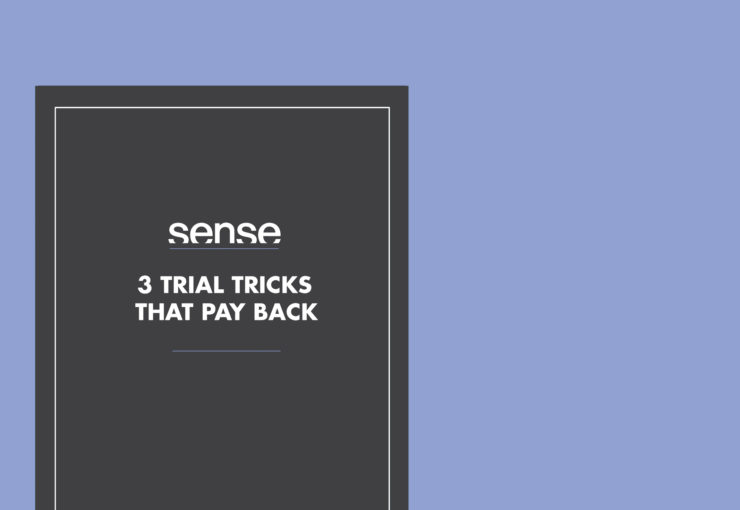Do you wish you could get more from your ‘brand in hand’/sampling/trial activities?

Often this kind of campaign is treated as an afterthought, hurried through, and so only reaches a fraction of its potential. But if you’ve got a great product, you’ll know how powerful it can be to put it in people’s hands – so it makes sense to give it the best chance to shine!
This guide will teach you three tricks that will enable you to increase both the conversion rate of your trial, and its overall reach, simultaneously!
Complete the form below to receive your free guide.